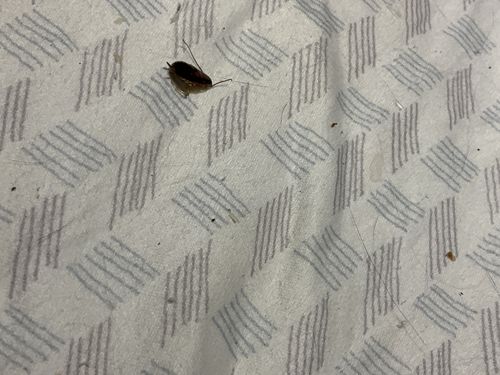German Cockroach
Scientific Name: Blattella germanica
Order & Family: Blattodea, Ectobiidae
Size: Typically 1.1 to 1.6 cm (0.43 to 0.63 inches) long.

Natural Habitat
Primarily indoor; prefers warm, humid environments close to food and water sources, such as kitchens, bathrooms, and food preparation areas. Can be found in homes, restaurants, hotels, and other commercial buildings.
Diet & Feeding
Omnivorous scavengers, feeding on almost anything inorganic, including food scraps, grease, starches, paper, soap, and even glue.
Behavior Patterns
Nocturnal; hides in cracks and crevices during the day. Known for quick, darting movements when disturbed. Female carries egg case (ootheca) until hatching or deposits it in a harbored location. Nymphs typically resemble smaller versions of adults.
Risks & Benefits
Potential Risks: Can transmit pathogens (bacteria, viruses, fungi, protozoa) causing food poisoning, diarrhea, and other illnesses. Their droppings and shed skins can trigger asthma attacks and allergic reactions. Infestations can be difficult to control. No known significant benefits to humans or the ecosystem.
Identified on: 8/18/2025